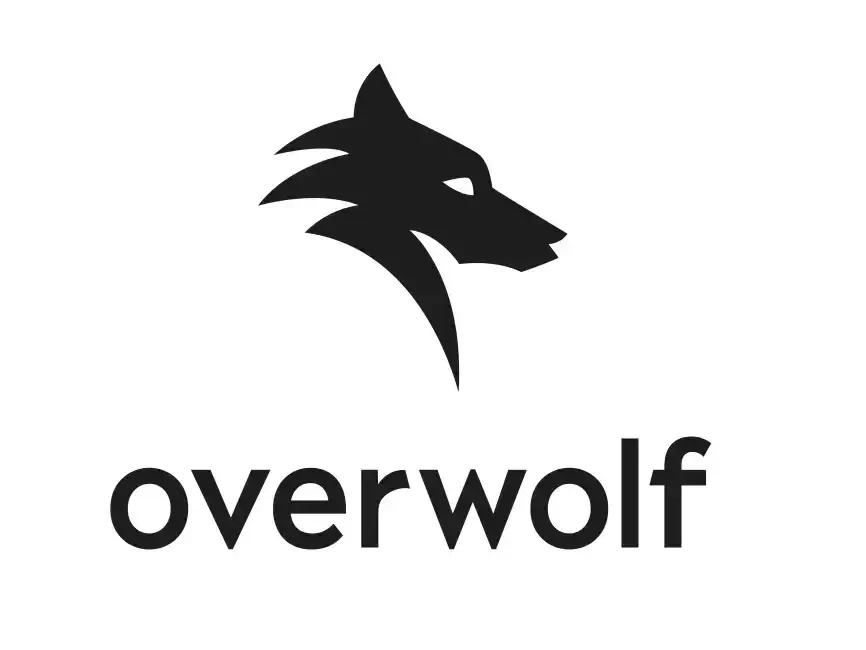Ready to launch your own podcast? Book a strategy call.
Frontlines.io | Where B2B Founders Talk GTM.
Strategic Communications Advisory For Visionary Founders
Conversation
Highlights
How SailPoint Created and Dominated the Identity Governance Category
Creating a new B2B software category is often seen as the holy grail of enterprise marketing. But what separates successful category creation from failed attempts isn’t just coining a catchy term—it’s about fundamentally reshaping how enterprises solve critical problems.
In a recent episode of Category Visionaries, Kari Hanson, now CMO of Robin and former PR & Analyst Relations Director at SailPoint, shared the inside story of how a startup successfully created and dominated the identity governance category, taking on industry giants like IBM, Oracle, and Sun Microsystems.
The Challenge: Breaking Out of a Legacy Market
When Kari joined SailPoint in 2008, the company was competing in the provisioning market—a space dominated by established players. But SailPoint saw a fundamental shift happening: identity management was becoming more than just an IT concern.
“We were really trying to sort of change the market dynamics and really be much more of a strategic purchase,” Kari explains. The goal wasn’t just to build a better provisioning tool, but to redefine how enterprises approached identity management entirely.
The Strategy: Definition Over Terminology
While many startups obsess over owning specific category terminology, SailPoint took a different approach. “We didn’t focus on the term as much. It was really the definition,” Kari reveals. “Competitors started using a version of our term. Industry analysts used it. We didn’t fight on the term because no one really cares.”
Instead, they focused on clearly defining what the category included and why it needed to exist. As Kari notes, “We had a very polished explanation for why you really do need a category and why people or customers were going to pay mid six figures for this new category product.”
Turning Market Events into Category Momentum
Rather than waiting for the market to evolve naturally, SailPoint actively capitalized on industry events to accelerate category adoption. When Oracle acquired Sun Microsystems—creating uncertainty around competing identity management products—SailPoint launched their “What’s Your Plan B?” campaign, targeting customers concerned about product futures.
The Analyst Relations Playbook
SailPoint’s approach to analyst relations went far beyond the typical “pay to play” mindset. “We would do an all-day consultation. I loved doing the first hour was them giving a SWAT on us, no context… there was no better way to know what was our perceived weaknesses,” Kari shares.
This brutal honesty from analysts provided a roadmap for improvement. The team conducted monthly analyst inquiries not just to influence reports, but to gather intelligence about market shifts, emerging compliance requirements, and changing customer needs.
The Validation: When Gartner Creates Your Category
The breakthrough moment came when Gartner announced a new Magic Quadrant for identity governance. While they didn’t use SailPoint’s exact terminology, the category definition aligned with SailPoint’s vision. “When I actually saw the review draft of that Magic Quadrant, calling this category something new, that’s when we really knew it was going to stick,” Kari recalls.
But the real victory came later: “The day that Gartner decided that they were going to consolidate the laggard old school technology provisioning report into the Identity Governance report… that was fun because we didn’t just create a category, but we took over that 20-year-old category and owned it.”
The Power of True Thought Leadership
Central to SailPoint’s success was their approach to thought leadership. Rather than using it as a thinly-veiled product marketing channel, they focused on articulating market vision. “True thought leadership—you could get through the entire conversation and never mention your product,” Kari emphasizes. “If you get to your product, it’s not thought leadership, it’s you telling your story.”
Lessons for B2B Founders
SailPoint’s journey offers several key insights for founders considering category creation:
Market timing matters more than terminology. As Kari notes, “I think if we had gone a couple of years early or we had waited too long, we would have missed the boat.”
Category creation requires relentless focus. The team maintained consistent messaging for years before seeing real traction. “We had a rule on the marketing team that just when it started getting repetitive to us, it was starting to resonate externally.”
Customer evidence is crucial. Early customers speaking at trade shows about the new approach provided essential validation of the category need.
Today, years after Kari’s departure, SailPoint remains the leader in every Magic Quadrant since—a testament to the enduring power of thoughtful category creation backed by genuine market need and consistent execution.
Actionable
Takeaways
Timing matters more than terminology:
Kari emphasizes that their success wasn't about insisting on specific category terminology, but rather about timing the market need correctly. She explains, "I think if we had gone a couple of years early or we had waited too long, we would have missed the boat." B2B founders should focus more on identifying the right market moment than perfecting category naming.
Use analyst relationships strategically:
Instead of viewing analyst relations as transactional, Kari's team maximized value by treating analysts as strategic advisors. She shares, "We would do monthly inquiries... we would find out what they're hearing." She recommends founders "pick their brain until they tell you can't ask them any more questions." The key is using analyst insights to inform strategy, not just seeking inclusion in reports.
True thought leadership transcends product:
Kari defines authentic thought leadership as being able to "get through the entire conversation and never mention your product." She explains that real thought leadership focuses on "here's where the market's going, here's how it's going to affect you" rather than product features. B2B founders should separate vision-oriented content from product marketing.
Build category definition through customer evidence:
Rather than simply declaring a new category, SailPoint built credibility by showcasing customer adoption. Kari notes how they would get early customers to speak at trade shows about "why this new approach was so compelling." B2B founders should leverage customer proof points to validate category creation efforts.
Maintain definition control while being flexible on terms:
While competitors and analysts used varying terminology, SailPoint stayed focused on controlling the category definition. Kari explains, "We didn't fight on the term because no one really cares. At the end of the day, it was really the definition of what this category includes." B2B founders should focus more on owning the problem definition than specific terminology.























